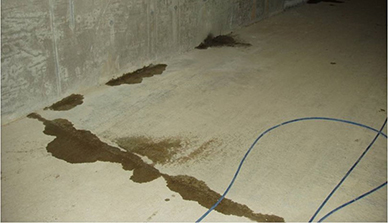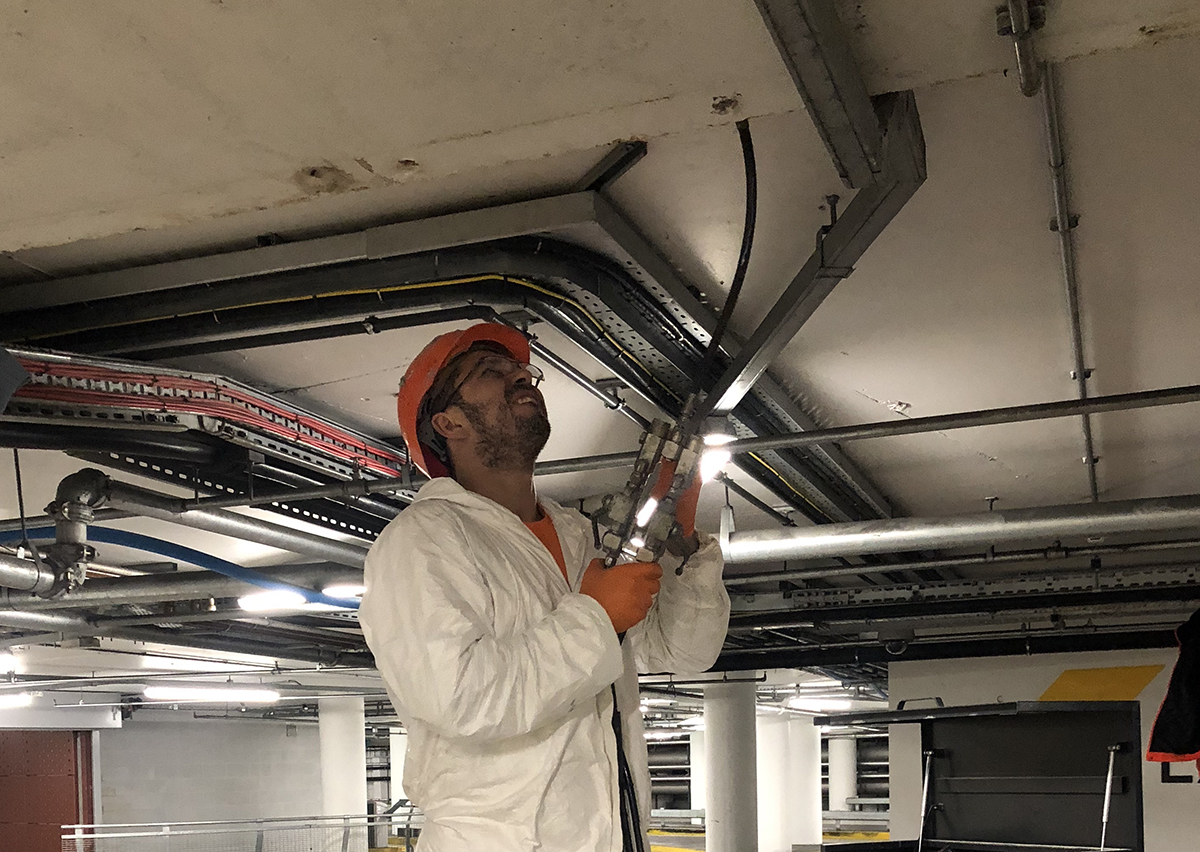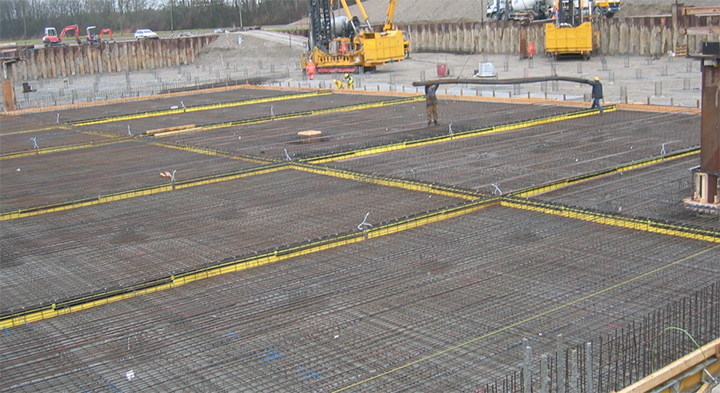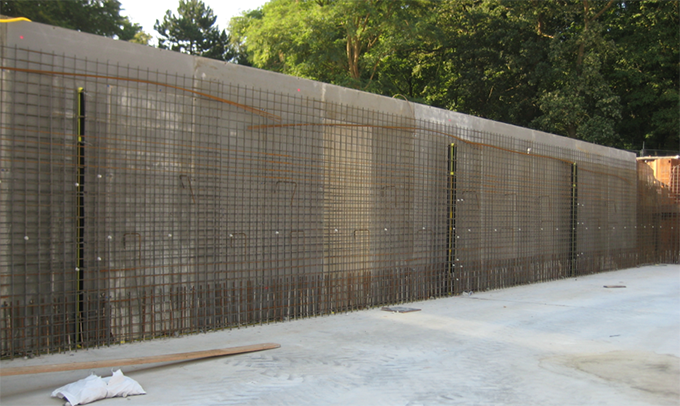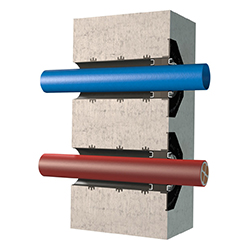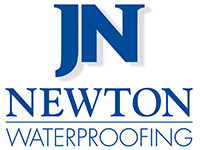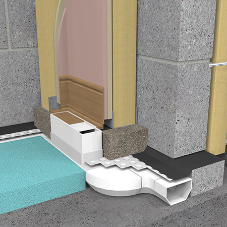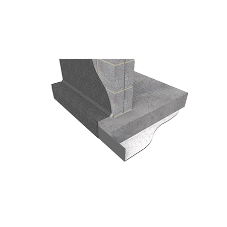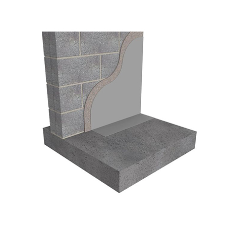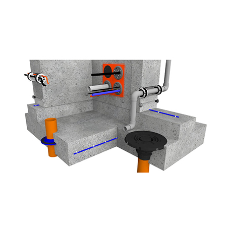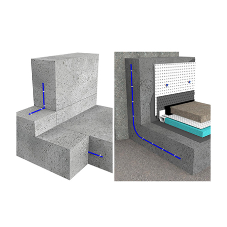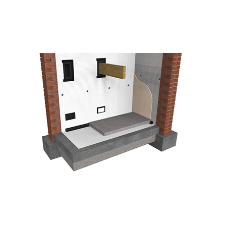Richard Crossley of Newton Waterproofing Systems explains how to effectively waterproof concrete by targeting the gaps in the structure
What is ‘Type B’ Waterproofing?
Put simply, Type B waterproofing is when the structure is integrally waterproof and prevents water from getting in.
To create a ‘Type B’ structure, reinforced concrete that is designed and installed correctly already provides this level of protection.
Water will always follow the path of least resistance, meaning it will try to enter a structure where the concrete isn’t, rather than where the concrete is. This is because concrete is inherently waterproof – good concrete waterproofing design therefore focuses on the gaps in the structure.
Where a habitable basement is required, other forms of waterproofing then need to be introduced to reduce the likelihood of water getting through, this is known as Combination Waterproofing.
What is the Importance of the British Standard for Waterproofing?
"Reinforced concrete structures may be designed and detailed specifically to minimize water ingress with no additional protective measures... A degree of resistance to water vapour transmission is also achieved dependent on section thickness. The pattern of any seepage encountered is often associated with poor joints, cracks or other discontinuities such as service penetrations.”
British Standard 8102:2009, Chapter 9.2.1.1 - General Note 1
In short, good concrete is waterproof already. Your efforts should therefore focus on getting the concrete right, then waterproofing the defects.
Helpfully, the British Standard also provides a list of potential defects:
• Badly poured concrete
• Foreign objects in the formwork
• Poorly prepared joints
• Service penetrations
• Movement joints
• Cracking (in its many different forms)
Overall, the best way to deal with these is to plan for them when designing the structure - something that Newton's waterproofing designers can help you with.
How Do You Get a Waterproof Concrete Structure?
It is highly important to select the correct, high-performance concrete mix to suit the project. Such mixes will already include additives that give the concrete desirable benefits. For example, ‘plasticisers’ which enhance the concrete workability, or ‘pozzolans’ which assist with concrete density and prevent cracking.
It is also important to minimise any cracks to a width of 0.2mm, by correctly engineering the reinforcing steel, or by using the ‘White Tank’ method.
Normally performed by specialist engineers, a White Tank system deliberately creates cracks in the concrete in carefully planned locations, then seals the cracks to make them completely waterproof.
When performed correctly by skilled operatives, White Tank systems prevent defects and delays, and offer a high level of quality assurance.
The Cost and Risk of Structural Waterproofing
Focusing on the defects is both the best way to waterproof a concrete structure, as well as the most cost-effective and risk averse. In contrast, adding further products to the main body of the concrete can be an expensive procedure that does not deliver any additional benefits.
The Newton HydroTank System contains a choice of high-quality products that provide robust structural waterproofing to achieve a “Type B” structure, compliant with the British Standard:
• Hauff-Technik - a range of products for sealing around any services or pipes entering through the structure.
• Newton 104 - a liquid product that penetrates concrete and prevents the movement of moisture.
• Newton System 300 - a choice of waterbars, waterstops and resin injection products for concrete joint waterproofing and leak sealing.
Overall, the best concrete waterproofing systems are those that are included in the design process as early as possible, and which use the expertise of a specialist waterproofing designer.
This includes Type B waterproofing designs, where the most cost-effective and low-risk systems focus on good quality concrete with effective waterproofing protection at the joints and gaps in the structure.
Newton’s in-house team of waterproofing designers are all industry-certified and will provide bespoke design advice based on your individual project, no matter the size. To speak to a member of their team, call 01732 360 095 or email tech@newtonwaterproofing.co.uk
Concrete Waterproofing Explained
| T | 01732 496 512 |
|---|---|
| F | (01732) 359033 |
| E | tech@newtonwaterproofing.co.uk |
| W | Visit Newton Waterproofing Systems (John Newton & Company)'s website |
| Newton House, 17-19 Sovereign Way, Tonbridge, Kent, TN9 1RH |
Products by this Company


